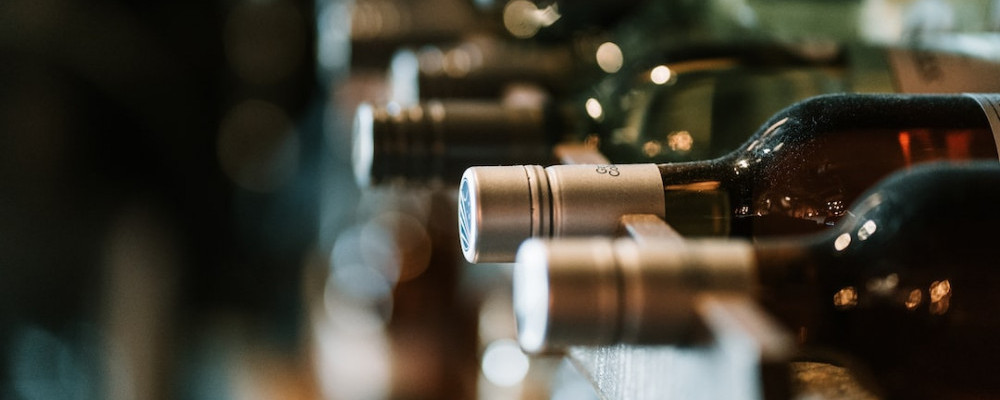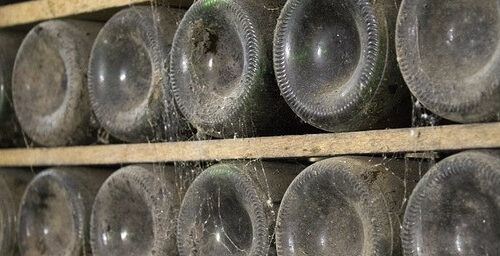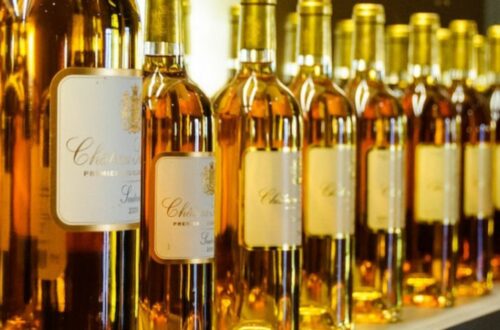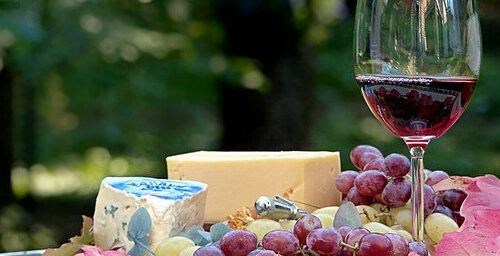
What are the primary grapes used in Saint- Emilion?
Saint-Emilion is an appellation in Bordeaux for red wines. It lies on the Right Bank, where blends are mostly Merlot-dominated blends.
Indeed, the typicity of Bordeaux wines lies in the terroir effect, meaning matching the right grape to the right soil. Clay and limestone soils represent the vast majority of soils on the Right Bank which are perfect for Merlot.
But, as you may know, Bordeaux wines are usually blends. Due to variable weather, including rainfall, it would be very risky to rely on only one grape variety. Allowing several allows to have different flowering and maturation periods, and therefore to prevent a frost or large punctual downpour from destroying the entire crop.
What are the primary grapes used in Saint-Emilion?
The grapes used in Saint-Emilion
Merlot and, to a lesser extent, Cabernet Franc predominate in the wines of the Right Bank. Cabernet Sauvignon, Petit Verdot and Malbec can also be found in the blends.

Cabernet Franc is very common in Saint-Emilion. It produces wines with less body and tannins than Cabernet Sauvignon. When it is not ripe enough, Cabernet Franc can present vegetable aromas, stems but, when ripe, it gives lively fruity and floral notes to the blends. Like Cabernet Sauvignon, it prefers well-drained soils. And like Cabernet Sauvignon, it will bring spice and floral aromas. It will also add structure to the blend.

Merlot is the most widely grown grape variety in Bordeaux, and it is particularly important for the great wines of Saint-Emilion and Pomerol because, unlike Cabernet Sauvignon, it matures very well on the cooler clay soils of these appellations. Because of its suppleness, Merlot often predominates in cheap wines producing large volumes.
Petit Verdot is much less widespread than the three previous red grape varieties. It needs a lot of warmth to reach full maturity, which allows it to produce very colorful tannic wines that age slowly. It always appears in very small quantities in the blends, to bring tannins, color and some spicy notes
Why these grapes? The terroir effect
The Saint-Emilion appellation covers three different terroirs. The first corresponds to the plateau located north and west of the village of Saint-Emilion, whose warm and well-drained gravel-limestone soil favors the inclusion of Cabernet Franc and, sometimes, Cabernet Sauvignon.

Indeed, in limestone soils, the water penetrates the soil and thus optimizes the water management of the vine. In addition, limestone is a mixture of minerals: calcium and magnesium. The wines are then fine, precise and of great minerality.
The second includes the steep vineyards to the south and east, with clay-limestone soil. They look like loam, dotted with more or less hard white stones. Clay brings freshness and limestone its draining properties.
The most prestigious wines of Saint-Emilion come from these two regions. They are medium to very tannic but, compared to the more structured wines of the Left Bank, they are round and rich in the mouth, with complex aromas of red fruits and plum, and develop notes of tobacco and cedar as they evolve.
Finally, the sandy vineyards located at the foot of the coast usually produce lighter with fruitier sensation and less prestigious wines.
Conclusion : What are the primary grapes used in Saint- Emilion?
All in all, the primary grapes used in Saint-Emilion are Merlot and Cabernet Franc, mostly. The latter is used in a third to half of the blends and helps the wine to age.
You can also find Malbec, Cabernet Sauvignon and Petit Verdot.






2 Comments
Jyl
This is a very informative piece, thank you. I’m quite a novice when it comes to grape varieties and I’m astounded to learn that not only does the grape ratio affect the overall taste of the wine, but that the very soil type that it is grown in will also add to the taste experience. I usually stick to cabernet sauvignon with red wines, but I’m now intrigued by this Cabernet Franc and I’ll be looking out for it in my local wine lodge. Thank you!
Mademoiselle
Thank you Jyl for stopping by. You have Cabernet Franc in the Loire Valley, too. So you could even compare the Cabernet Franc from the Loire Valley with the one from Bordeaux